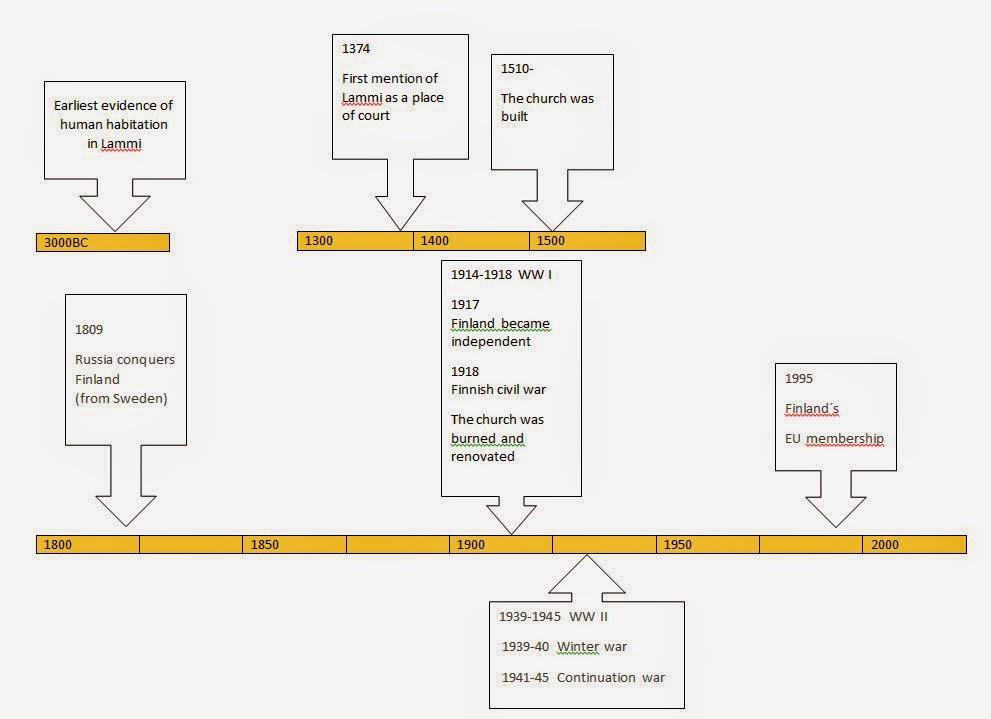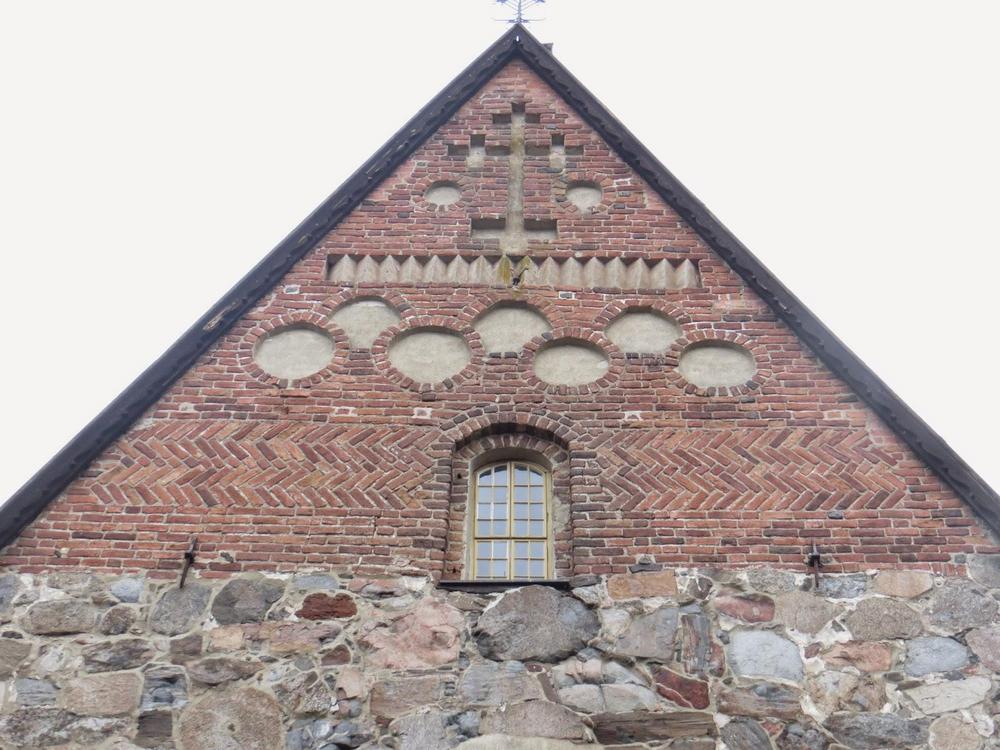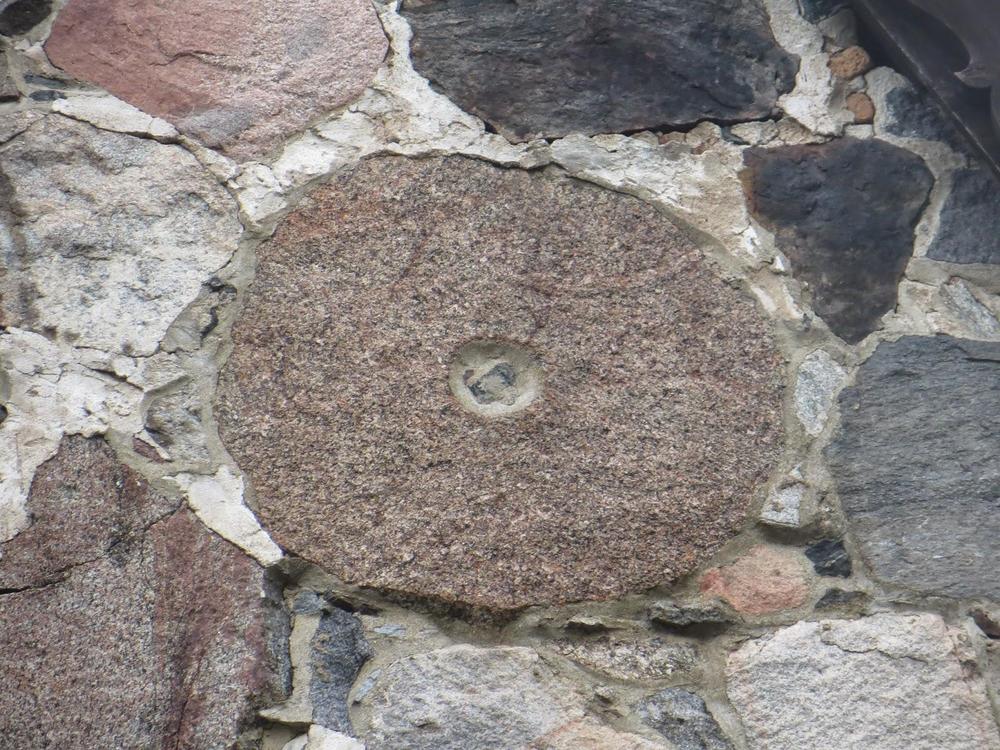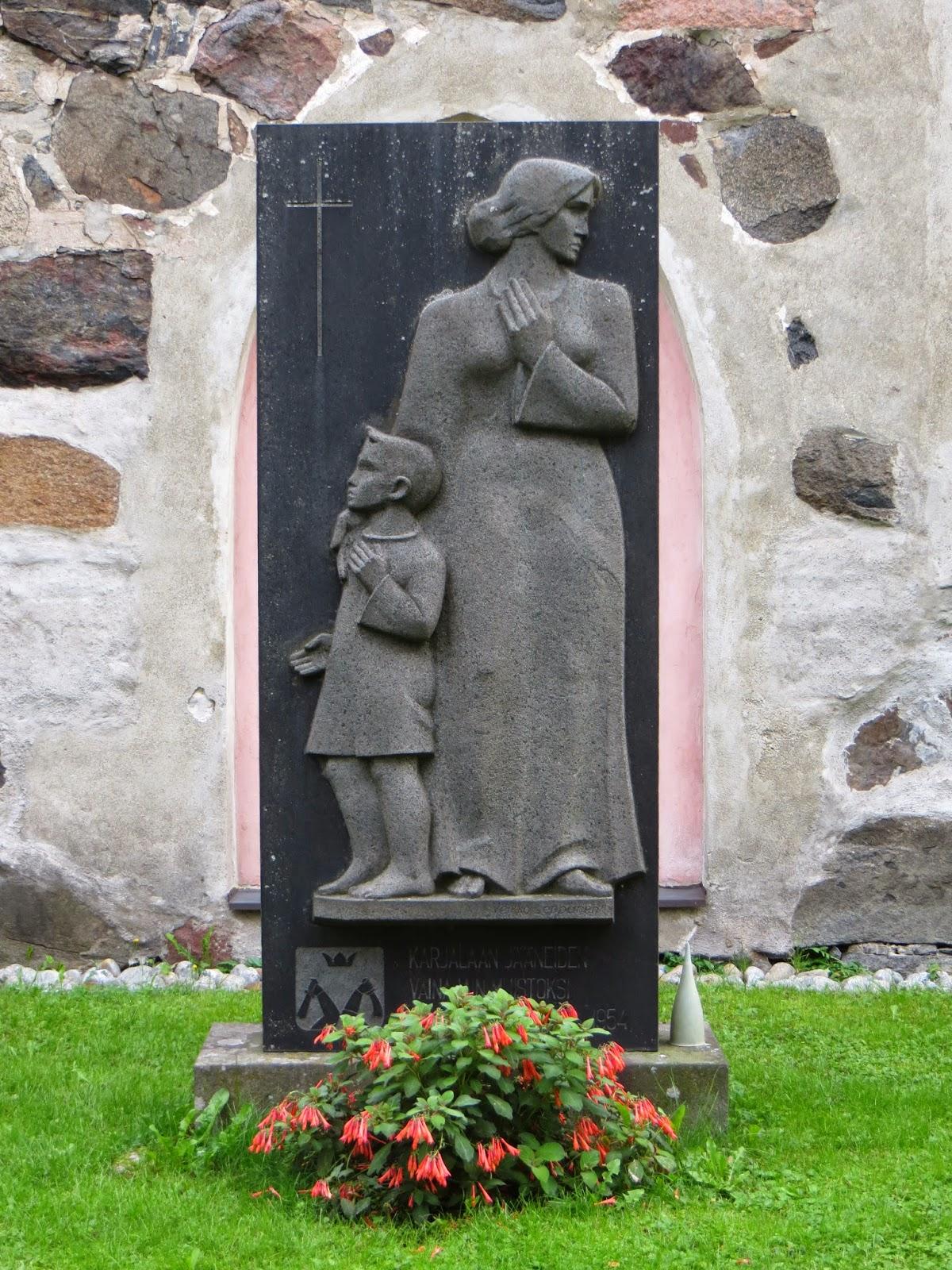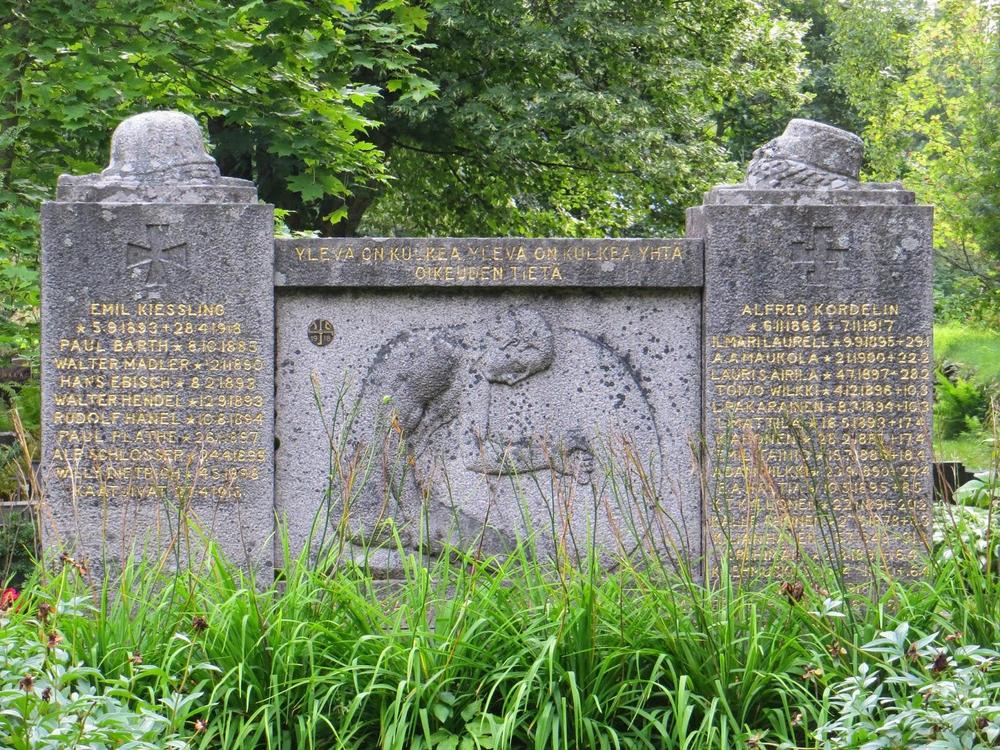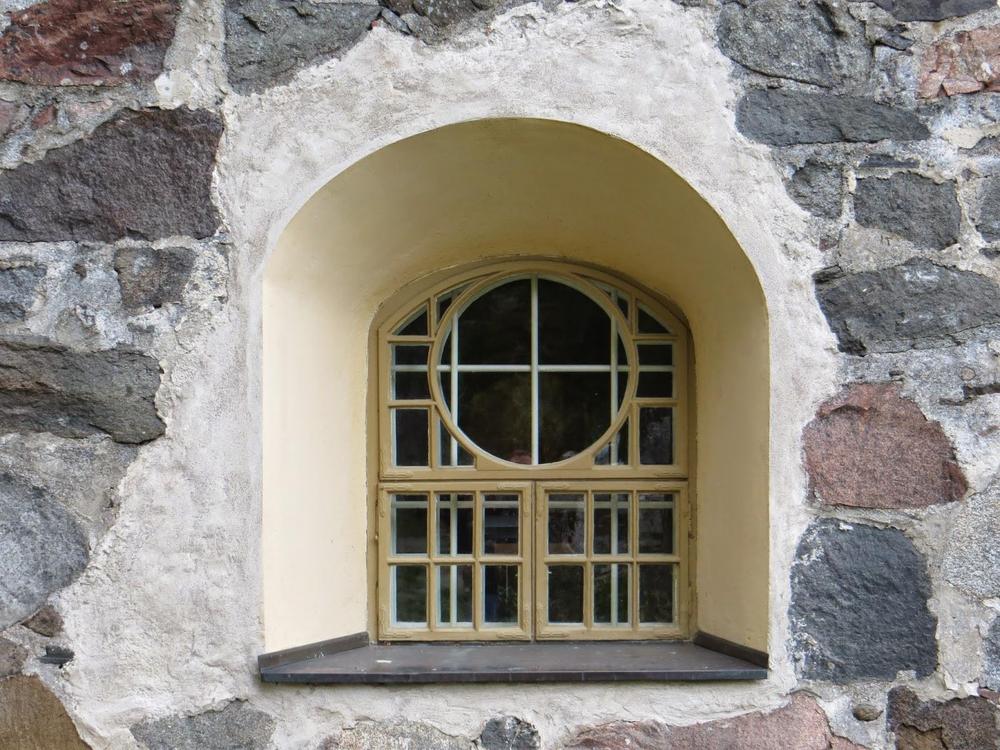English
The Greystone Church of Lammi
- Also known as the Church of St. Catherine of Alexandria
- One of the most central points of Lammi
- The original church was built in 1490-1510
- First, it was Catholic but it was converted to Lutheran after the Reformation in the mid 1500s
This is a guided tour around the church. Number one is the starting point of our tour. Click above to move to page 1: Bell tower.
Enjoy yourself!
1. Bell tower
The most shocking incident of Lammi Church was the fire that burned down the whole church 29th April 1918. The fire was linked to the Finnish Civil War between the Whites and the Reds. There were some German troops helping the Whites. The Bell tower was used as storage of arms by the Whites. When the German detachment was retreating, they did not want to leave the arms in the hands of the Reds, so they set the Bell tower on fire.
After the fire there was nothing left but the stone walls. The church was rebuilt in 1919-1920 and it was funded by Lammi congregation.
2. West wall
The church has typical Gothic characteristics like its height and steeply angled roof. On the other hand, the thick walls belong to the Romanesque style. The walls are made of stone. Builders got stones from peasants living in the vicinity.
The most notable point in this church is the circular rose window. The rose window is original and it belongs to the Gothic style.
The brick decoration on the top of the wall is very beautiful and abundant. Judging by the beautiful finish, the bricklayer must have been a professional, but no-one knows his name.
At the same time this church was built, churches were also built in nearby areas like in Tuulos, Hauho and Hollola.
There are two millstones in this wall. They are located on the both sides of the middle window.
The top window is also original but the middle window was made later.
It is odd that one of the foundation stones is not under the church. No one really knows the answer.
3. South wall
The roof was last renovated in 1982. The roof material is called concrete shingles.
The original door that the priest used was closed in 1920. The new door was fitted in the North wall.
4. East wall
The brick decoration in this wall is cruder than elsewhere in the church. It is believed that this wall was made by a different builder than the other walls.
The Gothic altar window is estimated to be original because of the unbroken window frame.
A memorial tomb of the Second World War 1939-1944.
5. North wall
The north was considered a cardinal point of evil in old times. Therefore, there were no windows nor doors in the North wall.
The brick decoration of this wall is beautiful and skillfully finished.
This window was added in order to give more light to the vestry.
The North wall windows date from the 18th century.
Thank you! We hope you enjoyed our tour.
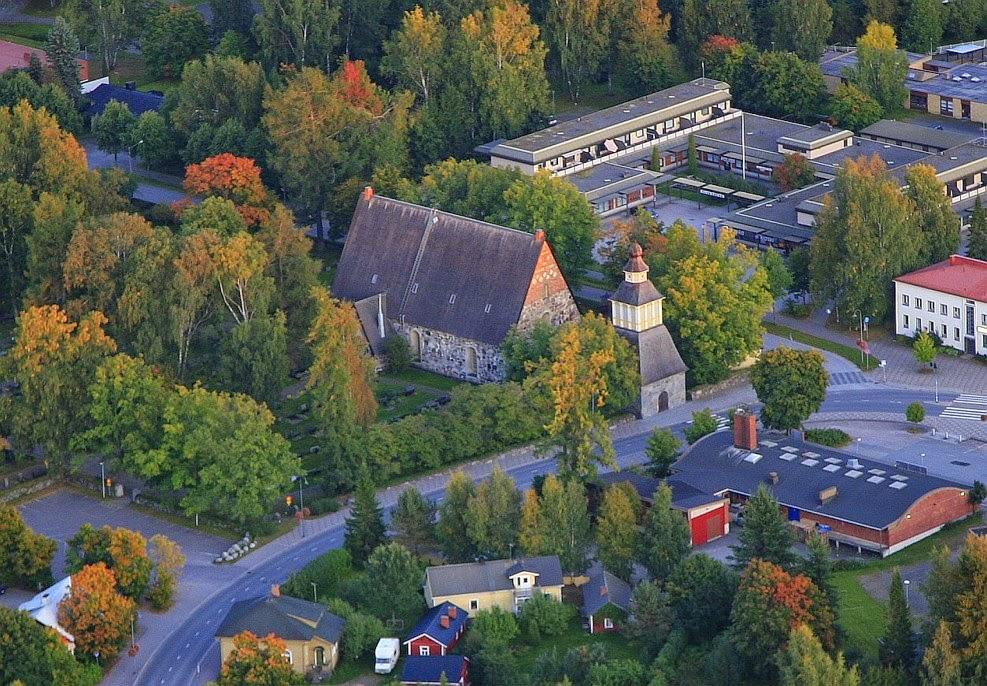
.png)
